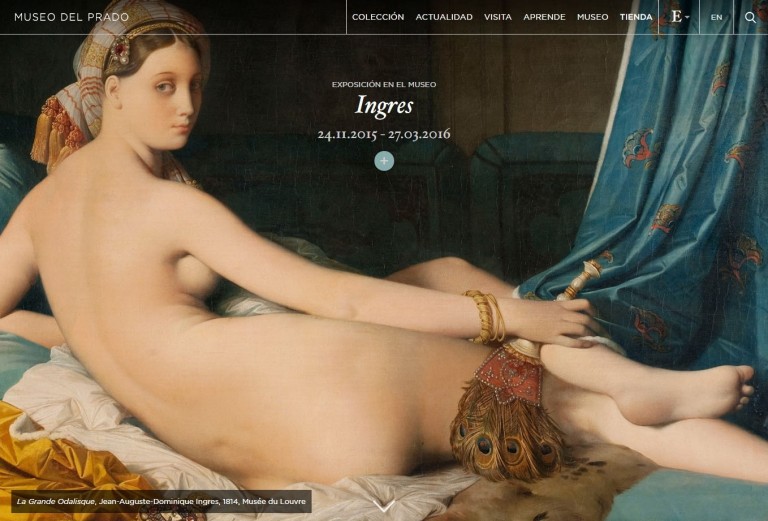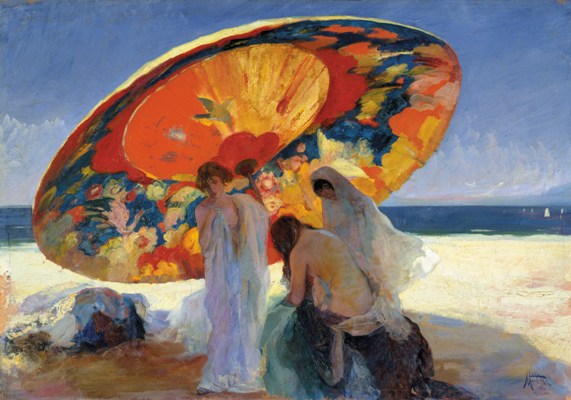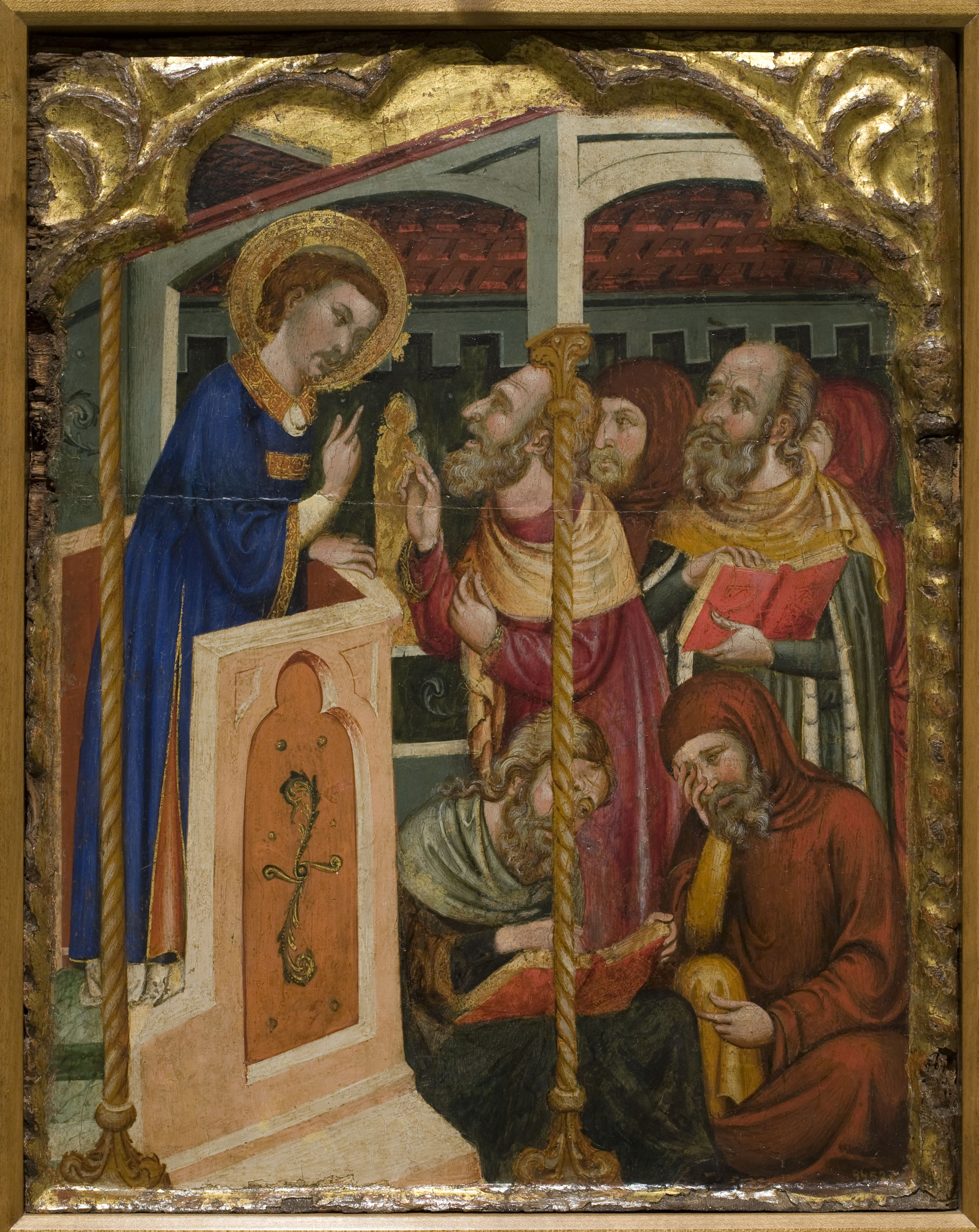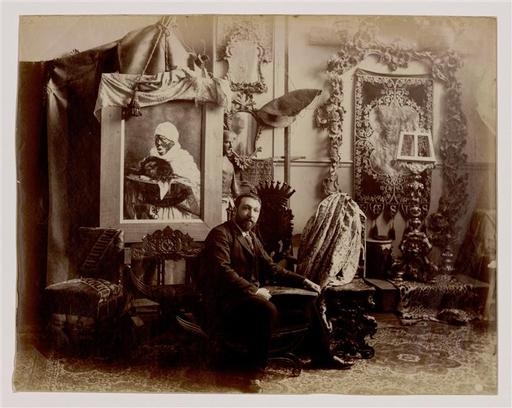
Two years ago in the museum we decided to show our less visible face and share the hidden work behind the collection. This blog has allowed us to make known the behind-the-scenes of the of the museum, and the brushstrokes that we have been adding from the inside to make up the major work of the museum.
Preparation processes and the setting up of exhibitions, the restoration of works, new digital challenges put forward in the cultural field or capsules of knowledge about the collection, are some of the many topics we have covered. The voices that explain it are plural, but the aim is one: to make the heart of the museum known to the readers and to provide an enriching approach of what takes place within it. This year we have increased the participation of guest bloggers, so as to also enrich the blog with an external perspective.
We would like to celebrate the second anniversary of the blog by taking a look back at the content most appealing to our readers. These are the 5 most-read articles over the past year.
The new website of the Museo del Prado is an excellent example of how to connect the collection, the knowledge and the public. A semantic web that takes advantage of all the capital of data of the museum in an integrated way, to facilitate management and, especially, make more accessible the artworks and the context. We interviewed Javier Pantoja, Head of Digital Development of the Museo del Prado, to know more about the internal process.

The new website of the Museo del Prado
Transparency on the websites of museums as an inescapable requirement for public organizations and as a strategy to connect with the audience. The report A través del espejo (Through the mirror), provides an analysis of transparency by means of the revision of 60 Spanish art museums. The post describes criteria and indicators of transparency and analyzes the main results.
The article reveals the hidden information behind the artwork Justice in Morocco, which has led the museum to identify its author, the Italian painter Giuseppe Signorini. This post explains how a painting can reveal details to determine its origin and a photograph put a face to the painter.
Knowing which work is the most plagiarised, why an artist like Ramón Casas wouldn’t be satisfied with a well known creation of his or how Modernism was underrated -which would allow the museum to enrich its collections- are some of the curiosities which reveal five works of the collection of the museum. This article was the first of the series of Curiosities of the collection.

Lluís Masriera, Reflected shadows, 1920
Diverse visions that Christianity spread by the Jews in the early Middle Ages can be perceived in a varied group of works from the collection of Gothic art of the museum. In the article, a lot of images are commented on in which the figure of the Jews is given an undisguised negative weight. Art was also a weapon used against the Jews (adversus iudaeos).

Circle of Ferrer and Arnau Bassa, Saint Stephen’s Dispute with the Jews, circa 1340-1360
In the same way as happens in the museum, in the blog we also have a diverse audience. After analyzing the content that have generated most interest, it caught our attention that the most read articles in Catalan spoke about culture throughout history and about the carrying out of projects and restoration of works in the museum. While on the other hand, the most read in Spanish and English posts highlighted the technological component. Most of them dealt with introduction to the digital dimension in the management of the museums, and the new challenges to be faced.
We would like to thank our readers for their positive feedback of the blog after two years. Our intention is to continue filling it with new topics, curiosities and knowledge, to provide a fresh and direct view of the museum and to enrich the experience of our readers. We encourage you to subscribe to receive it every week by email, to share it or leave a comment.
What other subjects would you like us to deal with in the blog? What other points of view of the museum and its collections would you like to know about?









